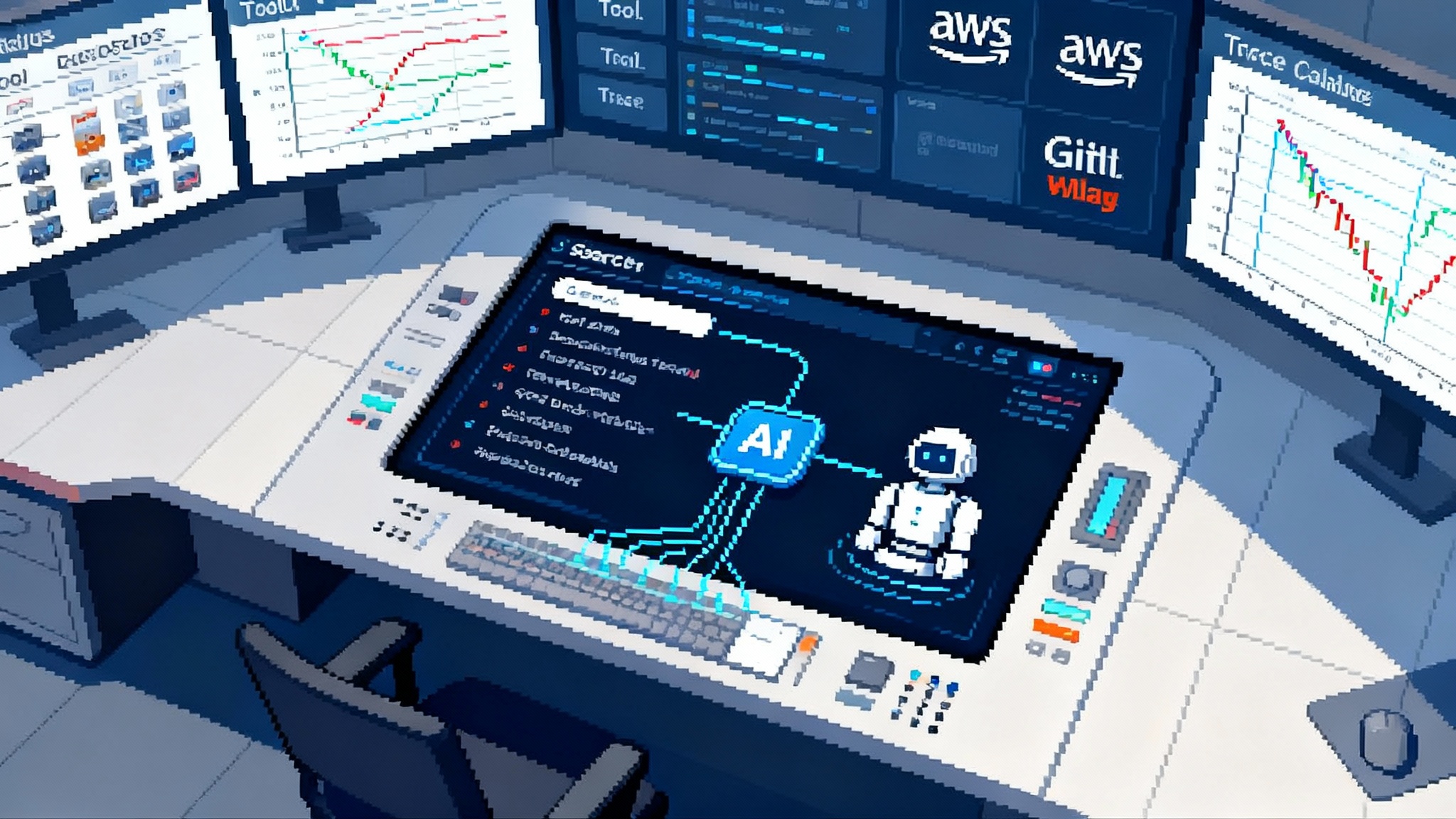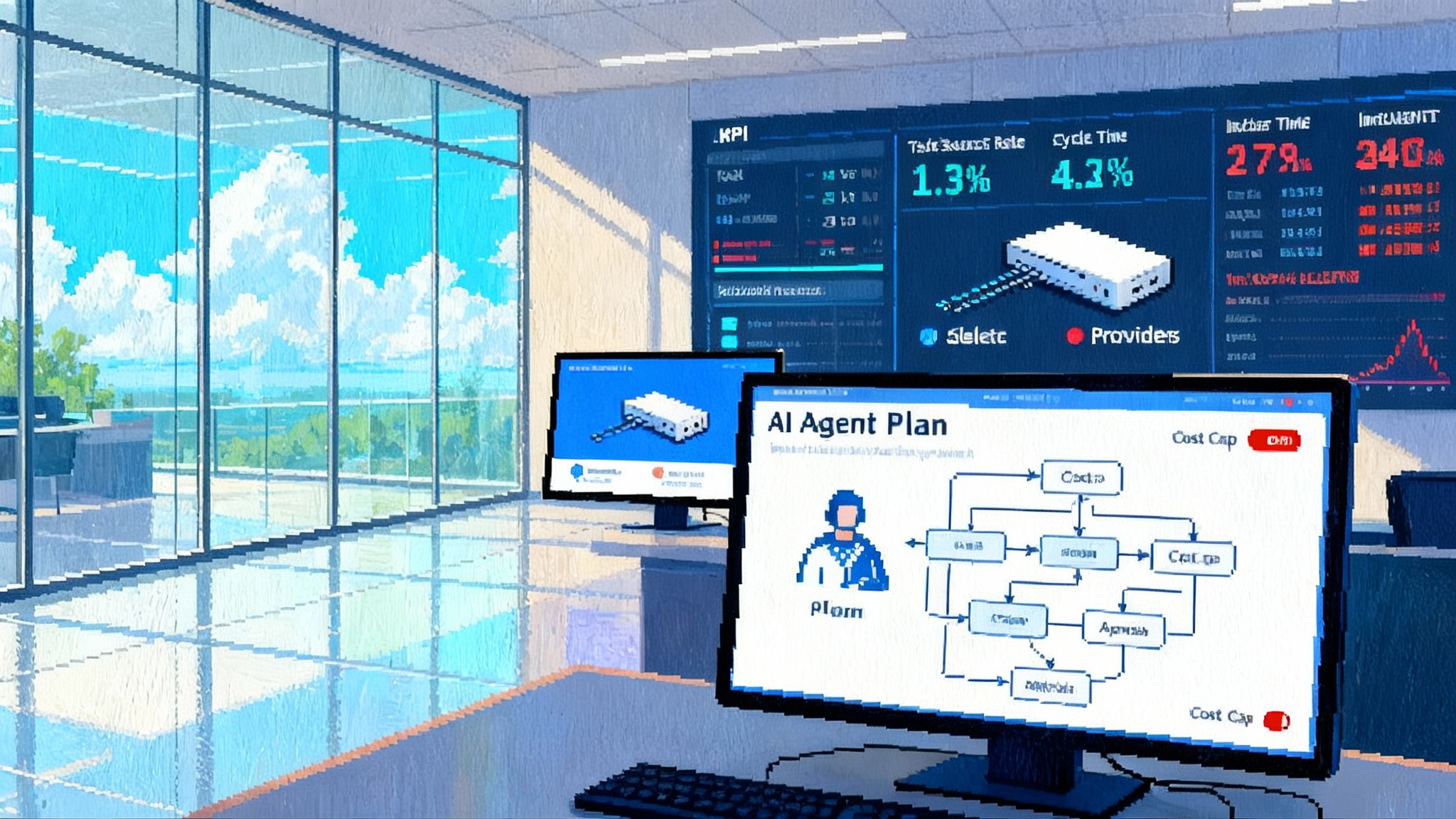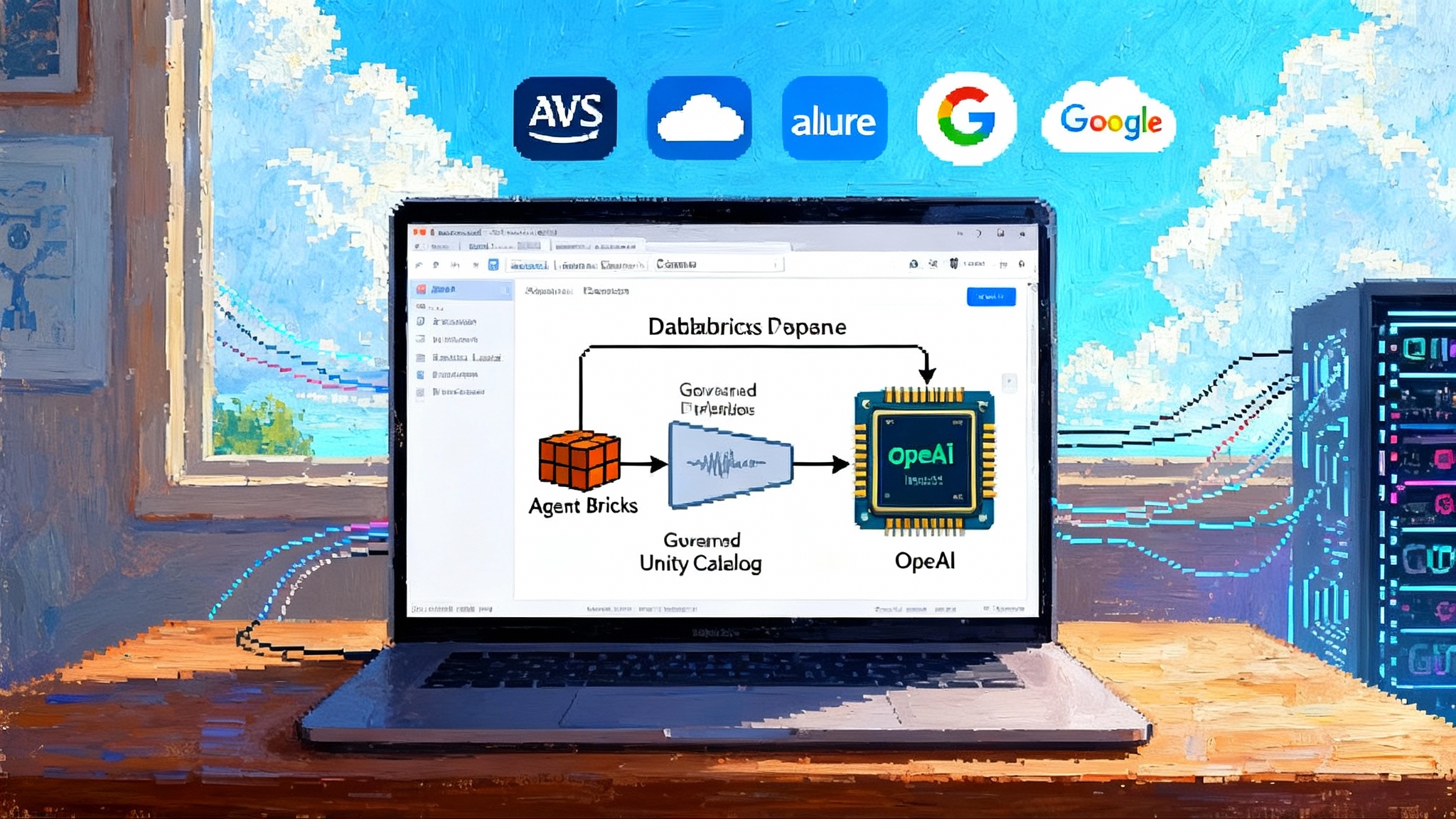Agentforce 3 hits FedRAMP High with model failover
Agentforce 3 pairs FedRAMP High authorization with automatic model failover, stronger governance, and a growing action marketplace. Here is what CIOs need to know about reliability, observability, pricing, and a blueprint to scale production agents.

The trust chasm narrows for enterprise AI
Regulated enterprises have been waiting for two things before letting AI agents into core workflows. They need public proof that the platform meets tough compliance bars. They also need reliability that holds up when a single model stumbles. Salesforce’s latest release addresses both. In the Agentforce 3 announcement on June 23, 2025, Salesforce introduced automatic model failover and a broader set of operational controls designed for production.
Shortly after, Salesforce confirmed that Agentforce is authorized at the FedRAMP High level through Government Cloud Plus. That is a strong signal for state and federal buyers, and for any private enterprise that uses government standards to benchmark risk. Salesforce details the scope in its post on FedRAMP High authorization for Agentforce.
This combination matters. It moves digital labor from slideware to something a CIO can put under policy, meter, and monitor at scale. For broader context on regulated adoption, see our look at the bank-grade tipping point.
What FedRAMP High changes in practice
FedRAMP High is not just a badge. It requires controls across identity, encryption, continuous monitoring, incident response, and supply chain. For CIOs, this reduces the number of compensating controls you must bolt on to run agentic workloads in sensitive domains. It also simplifies procurement for public sector teams that could not touch agent platforms without High authorization.
Three takeaways:
- The authorization is specific to Government Cloud Plus. If you are a public sector org or a contractor handling federal data, anchor your deployment there. If you are private sector, map your policies to the same control families so your audits line up with how the platform is operated.
- High authorization does not absolve you of data governance. You still define who can invoke actions, what data collections agents can access, and how prompts are redacted. Use platform guardrails rather than reinventing them in custom code.
- Faster authority to operate is now realistic. Expect your security team to focus reviews on the agent’s action surface and data flows rather than arguing about the baseline platform controls.
Resilient agent operations through automatic model failover
Agentforce 3 adds automatic, latency aware failover across model providers. If the primary model degrades or returns elevated error rates, traffic shifts to a secondary model with aligned capability and policy. The principle is simple. You keep the agent running even when a single model endpoint is having a bad day.
How to make this reliable in the enterprise:
- Define policy equivalent backups. If your primary model is configured with safety and data retention settings, ensure the backup model mirrors those. If you are mixing providers, align on input token limits, content filters, and response formatting.
- Decide what can silently fail over and what requires a human in the loop. A knowledge lookup that fails over is fine. A sensitive action such as mass record updates might require a pause and review before resuming on a secondary model.
- Track drift. You want identical outcomes across models for deterministic tasks. For creative or summarization tasks, track distribution shifts and escalate when divergence exceeds a threshold.
- Instrument for SLOs. Set latency and success rate objectives per topic and per action, not just per model. Alert on user facing impact, not provider metrics alone.
Done right, failover gives your agents the resiliency your web tier already enjoys. It is the difference between a stalled case queue and a steady flow on a day when a provider rate limits your region.
Prebuilt industry actions and a maturing marketplace
Agentforce ships with a growing library of standard and industry actions. Think of actions as tasks with guardrails that map to real work. Examples include appointment scheduling, proposal generation, returns processing, service triage, field ticket updates, and campaign adjustments. With Agentforce 3, Salesforce and partners have expanded that catalog so teams can assemble useful agents without wiring every integration from scratch.
What this means for CIOs:
- Time to value is now measured in weeks, not quarters. Your team can compose an agent from vetted actions and topics, then extend with your custom policies rather than building everything net new.
- Security review shifts from bespoke code to reusable components. You can approve a partner action once and apply it across many agents, with policy inheritance and change control.
- Vendor risk management becomes tractable. Marketplace listings consolidate documentation, security attestations, and update cadence, making it easier for procurement and security to work from a standard packet.
This ecosystem approach mirrors what ERP and CRM marketplaces did a decade ago. The difference is that actions are smaller, more composable units tied to policy, audit, and runtime controls.
Governance and observability that auditors will accept
Agentforce 3 brings several features that help meet internal and external audit needs without standing up a separate observability stack:
- Adoption analytics. Measure which teams and processes actually use agents, what volume of actions run, and where friction remains. Tie this to your business KPIs.
- Testing Center enhancements. Capture prompts, expected outcomes, and guardrail checks as tests you can run before each release. Treat prompts and topics like code. Require tests to pass before rollout.
- Session tracing. Trace an agent session across model calls, tool invocations, and data accesses. This powers root cause analysis when something goes wrong and gives auditors a clear record of what happened.
- Agent health monitoring. Watch real time quality and latency signals so you can respond to degradation before ticket volume spikes.
- Command Center and Studio. Centralize policy, routing, and deployment knobs so operations can tune behavior without a code push.
For auditors and risk teams, the key is consistent evidence. With native tracing and testing, you can answer the four questions that always come up: who did what, with which data, under which policy, and with what outcome. For the security angle, review our primer on agent hijacking as a gating risk.
Pricing shifts you can explain to the CFO
Salesforce is introducing per user pricing for Agentforce packages with unlimited usage of actions for employee facing agents. That is a clear pivot away from pure per interaction metering. For CIOs, the implications are practical:
- Predictable budgeting for employees. If your goal is to give every support rep or field tech an agent that can take actions all day, per user with unlimited actions is easy to forecast and easy to defend at renewal.
- Still watch your long running actions. Unlimited does not mean unbounded. Calibrate cost controls for heavy workflows like bulk updates, multi system reconciliations, or generation followed by enrichment and validation.
- Separate internal and external economics. Employee agents on per user pricing coexist with customer facing agents that may remain consumption based. Match the pricing model to the surface area and the value path.
- Use value accounting. Tie agent actions to business outcomes in your dashboards. You want to quantify deflected tickets, reduced handle time, or cycle time improvements so finance sees real returns, not just activity counts.
If you are already on enterprise editions of Salesforce platforms, you can likely layer Agentforce licenses alongside your current footprint. Work with your account team to map employee populations and rollout timing so your negotiated tiers reflect the true ramp schedule.
A pragmatic blueprint to deploy production agents at scale
You want momentum without regret. Here is a straightforward plan that keeps you out of pilot purgatory and in control.
- Frame the work, not the model
- Write a one page brief per agent that names the job to be done, the systems it can touch, and the policies it must obey. Avoid vague goals. For example, reduce case backlog by 20 percent for Tier 1 through triage and knowledge use is specific and measurable.
- Start with approved actions and topics
- Build the first version mostly from standard and partner actions. Limit custom code to where your processes are truly unique. The earlier you can stand on vetted components, the faster your security review.
- Design policy as code
- Express guardrails in topics and permissions so the runtime enforces them. Map access to existing roles. Avoid one off allow lists held in spreadsheets.
- Create an observability contract
- Define the signals you will measure before the first user sees the agent. Success rate, median and p95 latency per action, escalation ratio, and the percentage of sessions that invoke sensitive actions under human review.
- Plan for failure and prove the plan works
- Configure model failover with a clear primary and secondary. Set thresholds for automatic switch and for rollback. Run a game day where you degrade the primary model and confirm the agent stays within SLOs.
- Gate releases with tests
- Treat prompts, topics, and actions as a versioned artifact. Build a small but meaningful test suite in the Testing Center that must pass for each release. Include policy tests and red team prompts.
- Stage access and scale deliberately
- Roll out to an internal champion group first. Then a single region or queue. Then a company wide launch. Use feature flags to turn on sensitive actions last.
- Align incentives and change management
- Agents change how teams work. Train managers to coach to outcomes, not keystrokes. Update scorecards and incentives so people are rewarded for delegating to agents where it makes sense.
- Close the loop with finance
- Publish a monthly value dashboard that shows cost to serve, cycle time, and quality metrics with and without agent support. Add saved hours only when they translate into service level improvements or redeployed capacity.
- Keep the humans in the loop
- For high risk actions, require approvals. For irreversible actions, require a preview and confirmation. The goal is safer automation, not automation at any cost.
Action governance that scales
As your catalog of actions grows, governance must become routine.
- Classify actions by risk. Low risk read operations and summaries get auto approval. Medium risk updates require change control. High risk financial or privacy impacting actions require dual control and audit review.
- Maintain a registry. Assign owners, data scopes, and lifecycle policies to each action. Stale actions should be retired just like old APIs.
- Version and deprecate. Actions change. Version them and sunset old versions on a schedule so agents do not mix contracts.
- Simulate production. Use the Testing Center to run actions against masked datasets and record expected outcomes. Your security team will value the evidence trail this creates.
What to watch over the next two quarters
- Command Center maturity. Watch how quickly Command Center consolidates routing, policy, and observability into a single operational view. The more knobs you centralize, the less bespoke tooling you will maintain.
- Native MCP support and managed hosting. Managed hosting reduces integration toil. Verify how it fits your existing integration security posture and whether it simplifies action development without creating tight coupling.
- Grounding and citations. As agents gain web search and inline citations, define what sources are allowed. For content-heavy agents, follow the lessons from the 1M-token context race.
Bottom line
Agentforce 3 gives regulated enterprises a credible path to scale AI agents. FedRAMP High authorization addresses a major compliance hurdle. Automatic model failover improves resiliency so agents keep working during rough patches. Prebuilt industry actions and a growing marketplace compress time to value. New observability and governance features turn agent operations into something your audit and operations teams can support.
If you are a CIO on the fence, this is the moment to run a focused, policy first pilot that targets a measurable outcome. Stand on the native guardrails and marketplace instead of reinventing them. Prove your failover plan. Instrument for value. Then scale with confidence.








